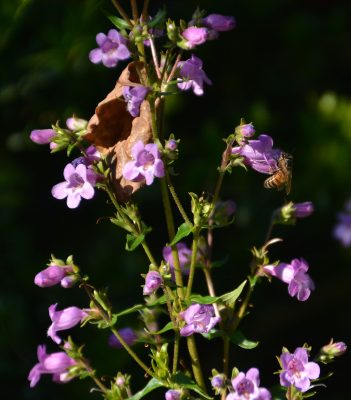Rustling Roses and History
encore date: March 3, 2018
original air date: January 20, 2018
Our ancestors adorned their newfound homes with cuttings from beloved roses. Many have survived without care for decades, remaining nameless until intrepid horticulturists discovered, identified and propagated them to carry on their hardiness in today’s gardens. William C. Welch, Professor and Extension Texas A&M AgriLife Extension horticulturist, rustles up the stories behind them through his latest book with Greg Grant, The Rose Rustlers. Daphne answers, “Does ice on plants protect them in hard freezes?” Find out how to add native penstemons to your wildflower garden. On tour, Syd Teague’s on a quest to try every plant that grabs her curiosity. But her first job tackled flood water control on rocky land. Jeff Ferris reveals how a simple 5-gallon bucket is your garden’s cheapest tool.

